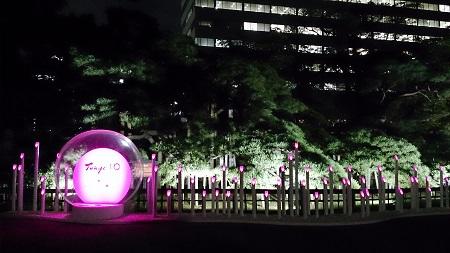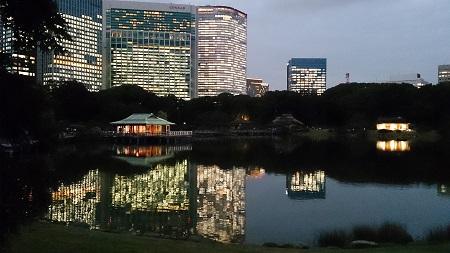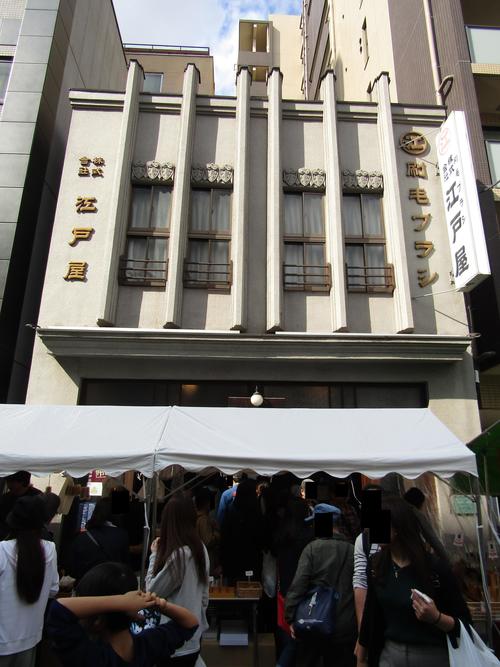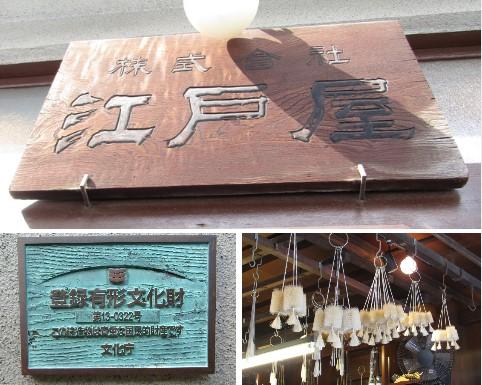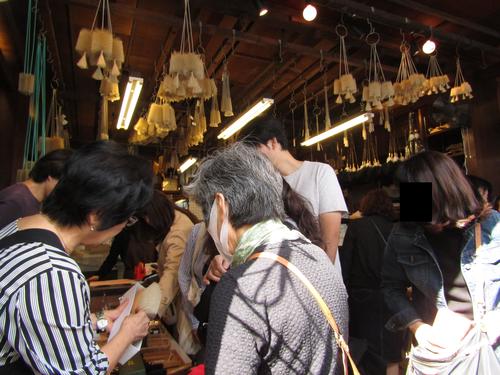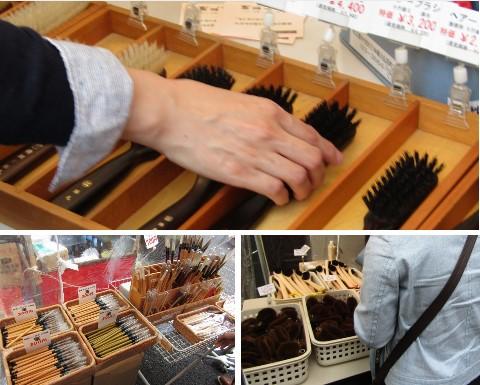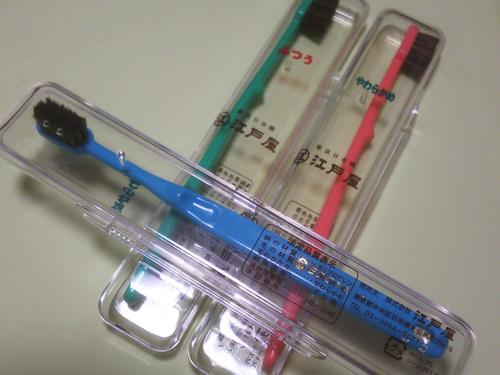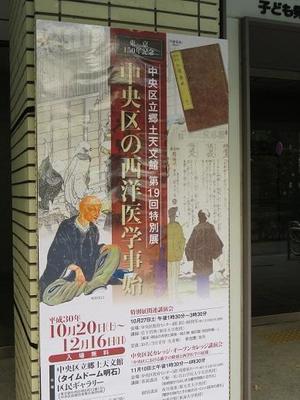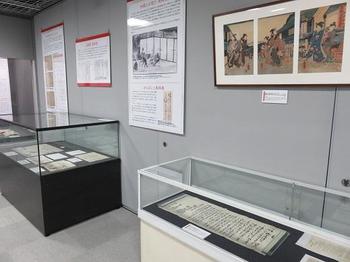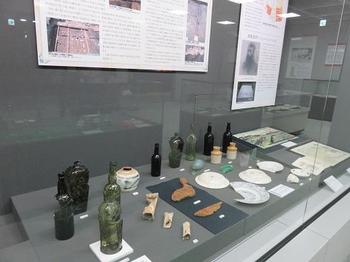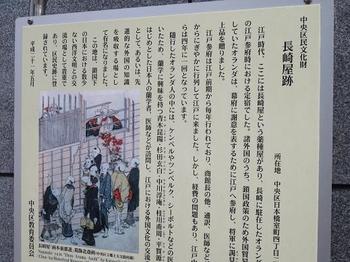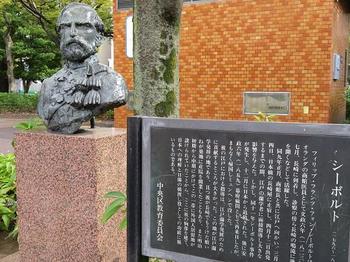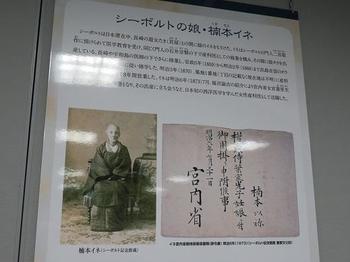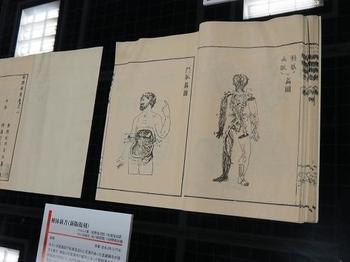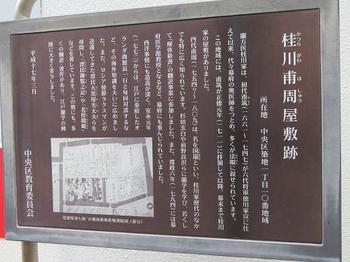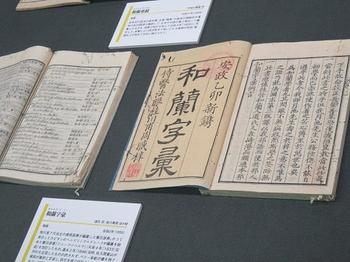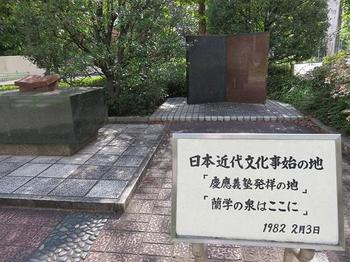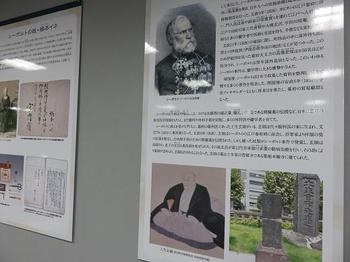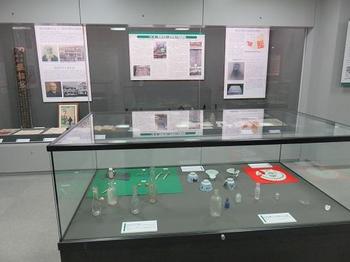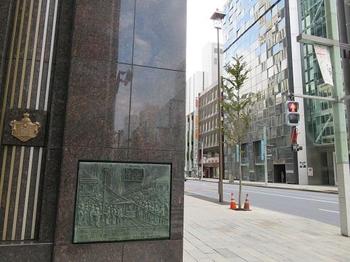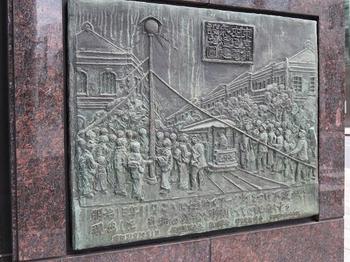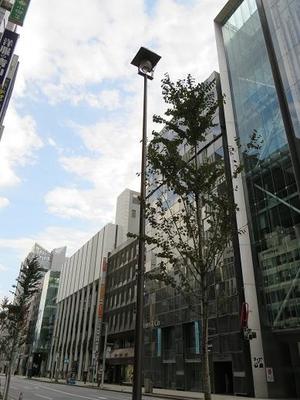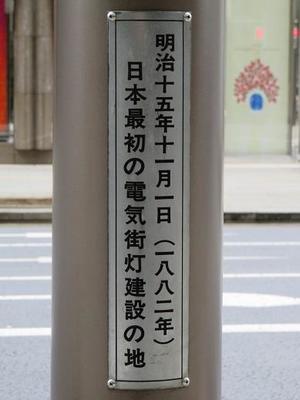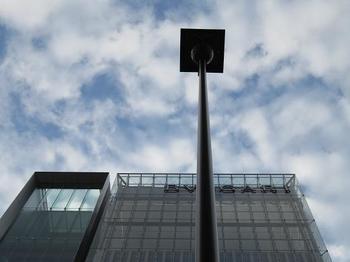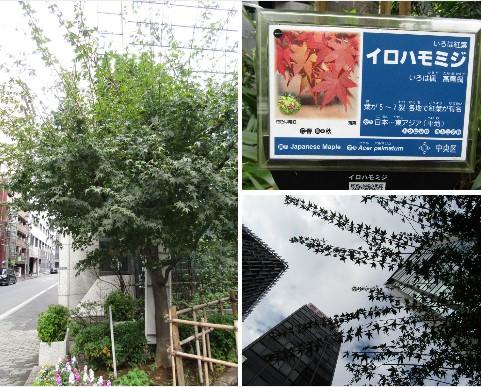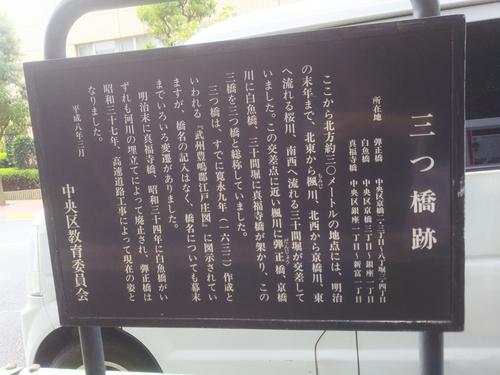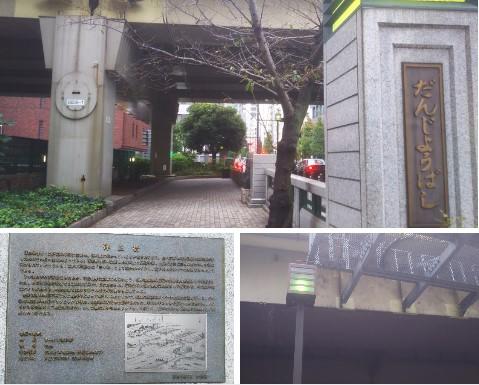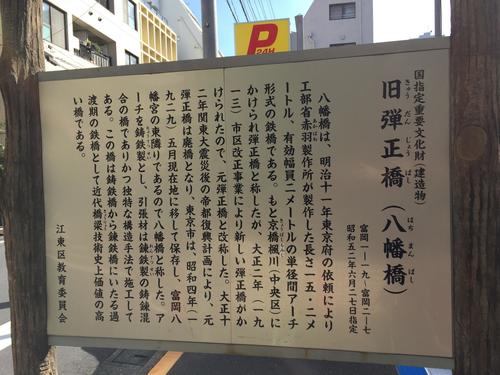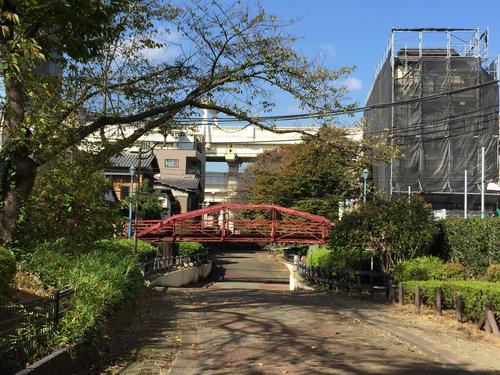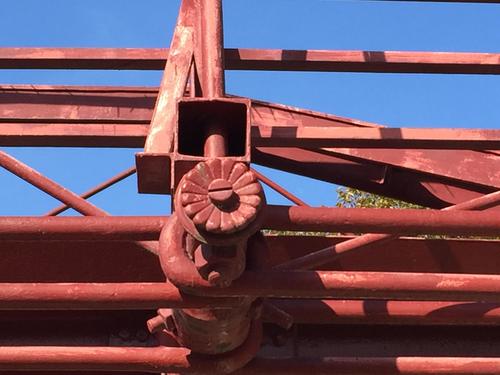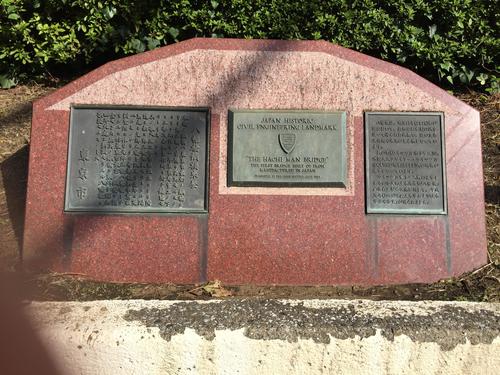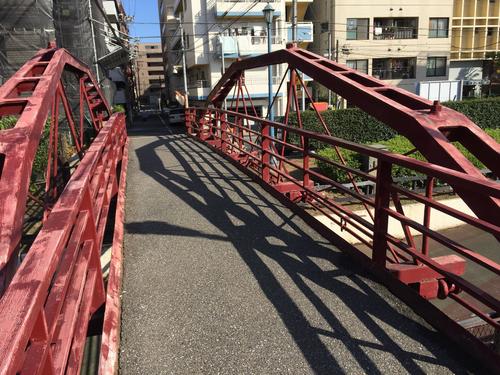Hello. This is a new correspondent, Hanes.![]()
![]()
On 20th of this month, I went to "Nihonbashi Ebisu Lecture Bettara City", which was introduced by senior correspondent Shiba Inu.
I was learning about Betara City in the official text of the Chuo-ku Tourism Certification, but
This is the first time I actually went to see it!
I read the news that a very large number of people were expected and went to the site a little earlier, and it was already crowded with many people because it was the second day of the event.![]()
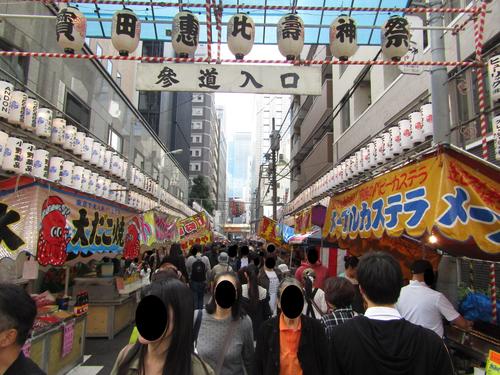
There are many stalls that are often seen at festivals.
The most crowded place was the stalls pickled in Betara.![]()
In the first place, Betazuke is a shallow salted radish pickled on a rice koji floor.
It is a traditional food that has been eaten since the Edo period.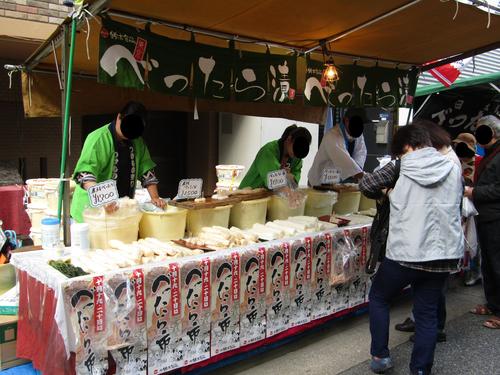
It seems that the fifteenth general Yoshinobu Tokugawa also liked to eat it.
When we think that we are talking about the same thing in modern times, it feels strange.![]()
At the store, you can sample pickled vegetables, etc.
It's fun to go around multiple stores to find your favorite pickles.![]()
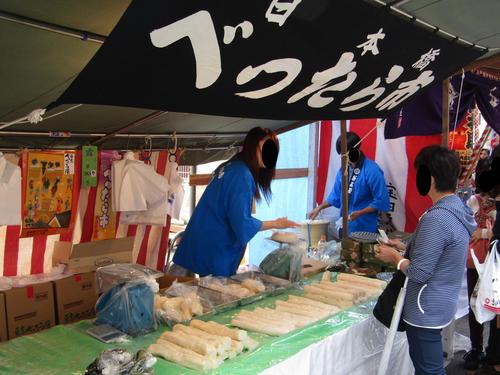
When I went around the shop while actually tasting, I was worried about two things.
The first is that no shop should cut the pickles and bag them.
Even though it is soft, it is difficult to bring one radish back as it is.
I was thinking, "I'm somewhat unfriendly![]() ."
."
Actually, there was a great reason to give it without cutting it.![]()
The reason for this is that "betara pickles are lucky items, so I don't cut them."
If you say that, it's a bit hard to bring it home, but I want you not to cut it!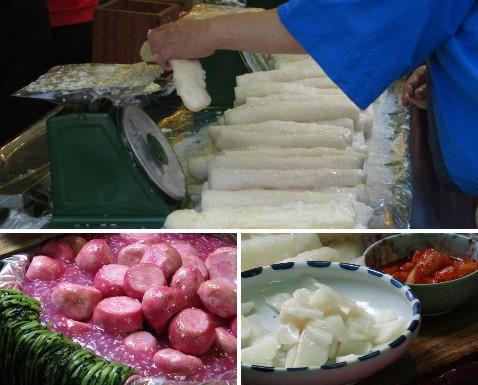
The second is that there are "skin" and "no skin" in Betta pickles.
It's literally the difference between whether the skin is attached or not.
The one with the skin is chewy and has a texture close to Sawaan.
According to the shop, it seems that people without skin have been around since the Edo period.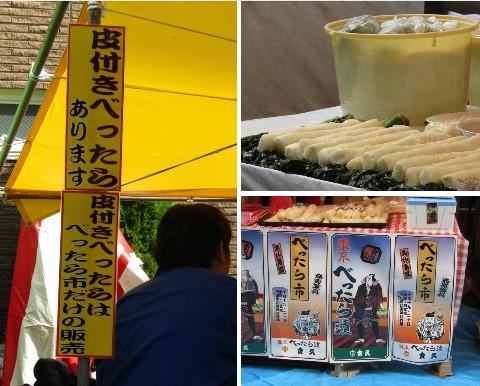
And there is also a Yu-Pack service that is good for those who buy Betara pickles for adults and those who come from a distance by train!
Why don't you use it when purchasing a lot?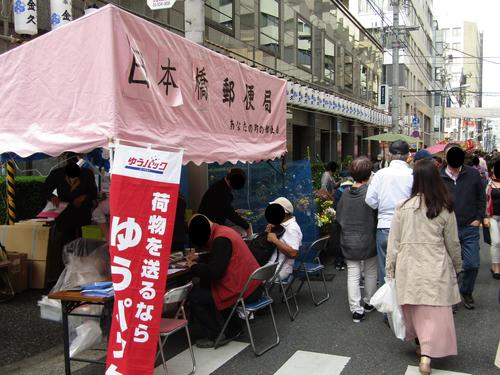
In the Edo period, there was a custom in which Ebisu-ko was held in front of Takarada Ebisu Shrine Gate on October 20. At an event dedicated to Ebisu, the god of commerce and agriculture, he offered lucky items to pray for thriving business.
Today, vermilion seal stamp can be held only during the New Year's Day and Betara City, so many people gather at the shrine and enjoy the atmosphere of the place while thinking, "Is it so crowded at that time?"![]()
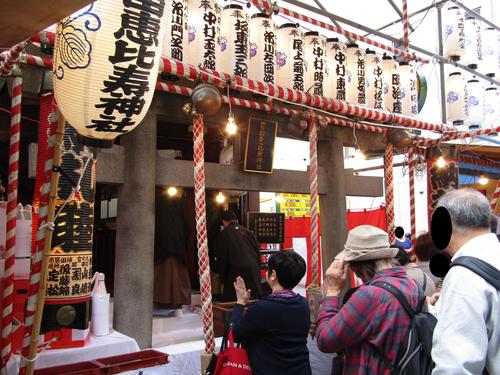
Also, if you jump out of the venue of Bettara City and walk around the town of Nihonbashi, you will find it.
The "He" of "Nippon Nihonbashi Karuta" depicted in the enclosure of the construction being carried out at the site of the Nittetsu Nihonbashi Building.
I realized that it was about Betara City!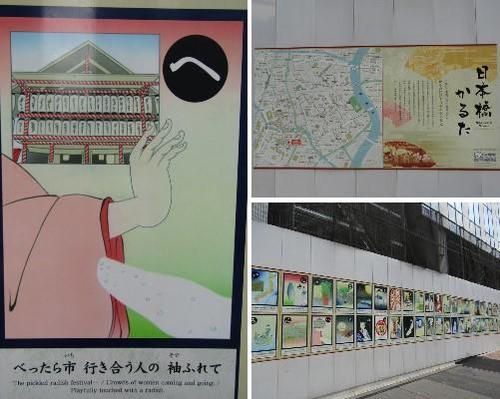
Let's touch the sleeves of people who go to the city.
Because I carried it with just tying the radish with a rope, I carried it around.
It is a content that reminds me of the origin of Betazuke, which has come to be called "Betazuke" because it inadvertently scratched the clothes of other people.![]()
For women who pass through pickle so that they don't want to keep their kimono dirty.
During the Edo period, when there was a man who was interesting and tried to put on the ground on purpose....
In today's Betara city (unfortunately?) There is no such man, but
If you missed your chance this year, why not come and play next year?![]()
Chuo-ku Tourism Association Official Blog
Chuo-ku Tourism Association correspondent blog
Introducing Chuo-ku's seasonal information by sightseeing volunteer members who passed the Chuo-ku Tourism Association's Chuo-ku Tourism Certification and registered as correspondents.
List of AuthorsRecent blog post
|
Nihonbashi Ebisu-ko Bettara City, where the customs of the Edo period live.
Akiko Tokyo 150th Anniversary Festival
The 300-year-old pine is lit up and lit up. A photo that looks like a time slip at the booth next door A water screen is installed in the tide pond. The garden is open to the public at night. Why don't you enjoy various autumn atmospheres? ◆Tokyo 150th Anniversary Festival Founded 300 years! Brushes and brushes of Edoya where traditional techniques shine.
"The Beginning of Western Medicine in Chuo-ku" [Time Dome Akashi]
On the 6th floor of a complex such as the Chuo-ku Public Health Center in Akashicho, the 19th special exhibition Tokyo 150th Anniversary Western Medicine Opening in Chuo-ku" is being held at Time Dome Akashi, a local Tenmonkan in Chuo-ku. The event will be held from Saturday, October 20 to December 16 (Sun). From Tuesday to Friday, from 10 a.m. to 7 p.m. Saturday and Sunday are from 10 a.m. to 5 p.m. The museum is closed every Monday. Looking at the exhibits at the venue, through Edo, late Tokugawa shogunate, and Meiji, I feel that Chuo-ku was truly a base for Western medicine. During the Edo period, in Nihonbashi Honishicho 3-chome (now Nihonbashi Muromachi 4-chome), there was Nagasakiya where Mayor Dutch trading post stayed. During his stay, many people visited and exchanged information, and in Japan under the policy of isolation, this was one of the few places of exchange with Western civilization (Western medicine).
At Akatsuki Park at Tsukiji 7-chome, there is a statue of Siebold, who has been staying in Nagasakiya with the director of the trading house. The relationship between Siebold and Chuo-ku is that it was Tsukiji that his daughter, Rice, opened the maternity hospital. This special exhibition also introduces Siebold and Siebold's daughter, Rice Kusumoto. In Chuo-ku, there is also a "Dismantling Shinsho Monument", which is due to the translation of the "Dismantling Shinsho" by Ryotaku Maeno, a feudal physician at the Nakatsu clan's Nakayashiki in Tsukiji. Hoshu Katsuragawa is one of the people who had always talked with Choichi Dutch trading post, who came to Edo. The Katsuragawa family, a Dutch physician, has been a master of the Shogunate for generations since the first served the sixth shogun Ienobu Tokugawa. Hoshu is the fourth generation, and the site of the mansion is located at Tsukiji 1-chome. Hoshu studied Dutch studies with Genpaku Sugita and Ryotaku Maeno and others, and participated in the translation business of "Dismantling Shinsho" at a young age. From the end of the Tokugawa period to the Meiji era, Chuo-ku was exactly the base of Western medicine due to the rise of Dutch studies and the influx of Western medicine to the Tsukiji settlement. In this year's special exhibition, there are many materials on display to understand such "The Beginning of Western Medicine in Chuo-ku". A special lecture will be held on October 27 (Saturday). Lecturer is Tetsunori Iwashita, Professor of Toyo University. The theme is "Western Study in late Tokugawa shogunate and Meiji and Tsukiji Katsuragawa Family, Fukuzawa Juku, Ginka Kishida". The time is from 1:30 p.m. to 3:30 p.m. In addition, we received your consent for photography Click here for an introduction article of "Waku Waku Dinosaur Land" held at the museum in August this year. ⇒ /archive/2018/08/post-5453.html
The day when the electric light was ignited in Ginza
It is said that "the weather of getting close to the lights" means that autumn At In 1882, arc lamps were lit for the first time in Japan, replacing conventional gas lamps and lamps. At the monument, the plate depicts a lot of people gathering and looking up on the bright light. It seems that many people were surprised at the brightness. In addition, on the Chuo-dori side in front After that, this commemorative light has been rebuilt several times, and the current one has been restored in September of last year. Thanks for the efforts of our predecessors, let's work
[Excursion Series Vol. 6] Look for the oldest existing iron bridge in Tokyo...
|
MenuArchiveLinks |
